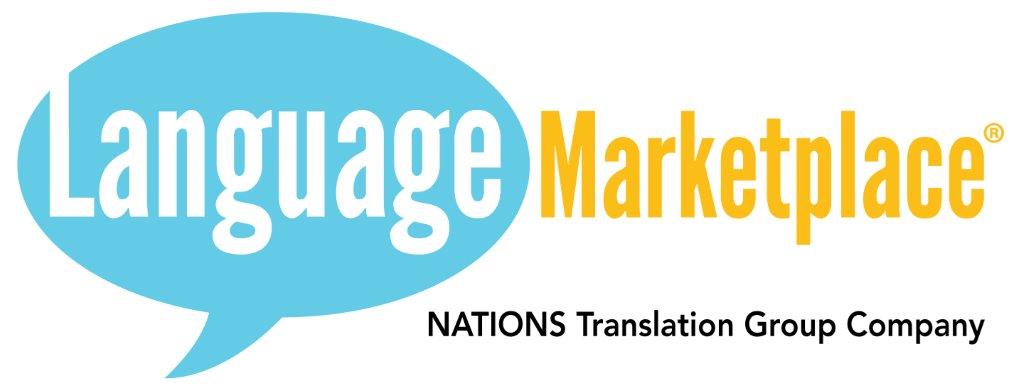As translators and interpreters, we often say that our job is to be inconspicuous —you, the reader, shouldn’t notice that the text was translated. And when we are interpreting then you should think of us a playback tape recorder! Editing a translated document requires finesse and guidelines.
An article featured in the ATA (American Translators Association) Chronicle (March 2012), titled Guidelines for Editing Translations, by Wendy Griswold, states one paramount point:
“One of the most important things to remember in editing a translation is to do no harm. If it is not broken, do not fix it.”
Griswold’s article that can be found at http://atanet.org/chronicle/feature_article_march2012.php is full of wonderful and professional advice and directives.
It was her 5th point in this article that I found many of our clients would benefit from reading, and specifically the last sentence of her paragraph, where she writes, “ “Distinguish between correcting an error and substituting your preference.”
Many times well intentioned clients give professional translated documents to bi-lingual staff in their workplace, or to someone that has indicated that they ‘know’ the language.
The majority of the time the result is wasted time for the client and the translation team as well.
We recently had a client that asked a staff member to review a Portuguese translation we had provided. The staff member wrote a comment on a specific term, stating that it was wrong, because her mother said so. I kid you not. When our translation team responded to the comment and justified themselves for using the term, the response we received back was, “oh, ok, I agree then. But my mother still says its wrong”. What?
We also had an instance where another client asked a staff member to review a Spanish translation, and they proceed to make changes such as crossing out “Norte américa” on a page and replacing it for “Canadá”, when the original says “North America”.
Which this leads me to the importance of Wendy Griswold point number 8 of her article, which states: “ Do not add errors to the text. I once changed the translation of seguridad alimenticia from “food security” to “food safety,” wondering how such a brilliant translator could make such an obvious error. However, I failed to research “food security,” and in that particular context the translator was 100% right and I was 100% wrong. Do your research. Never assume. If you cannot do the research, you owe it to the translator and the end client to ask where he or she came up with that apparently questionable term.”
As I like to tell our clients when they have a concern, created by what we assume always as a well meaning friend, staff member, colleague, that ‘knows’ the language and is happy to ‘proofread’ the translation: “any text can be edited, changed, reworded, etc., however it does not mean translation was incorrect.
When one decides to say things in a different way, it does not mean the original was wrong, because re-writing to say the same thing can be an endless and futile exercise, and it is a waste of time. And when errors are inserted because the ‘reviewer did not read the English source text and/or neglected to do the appropriate research, the costs can be significantly higher.

